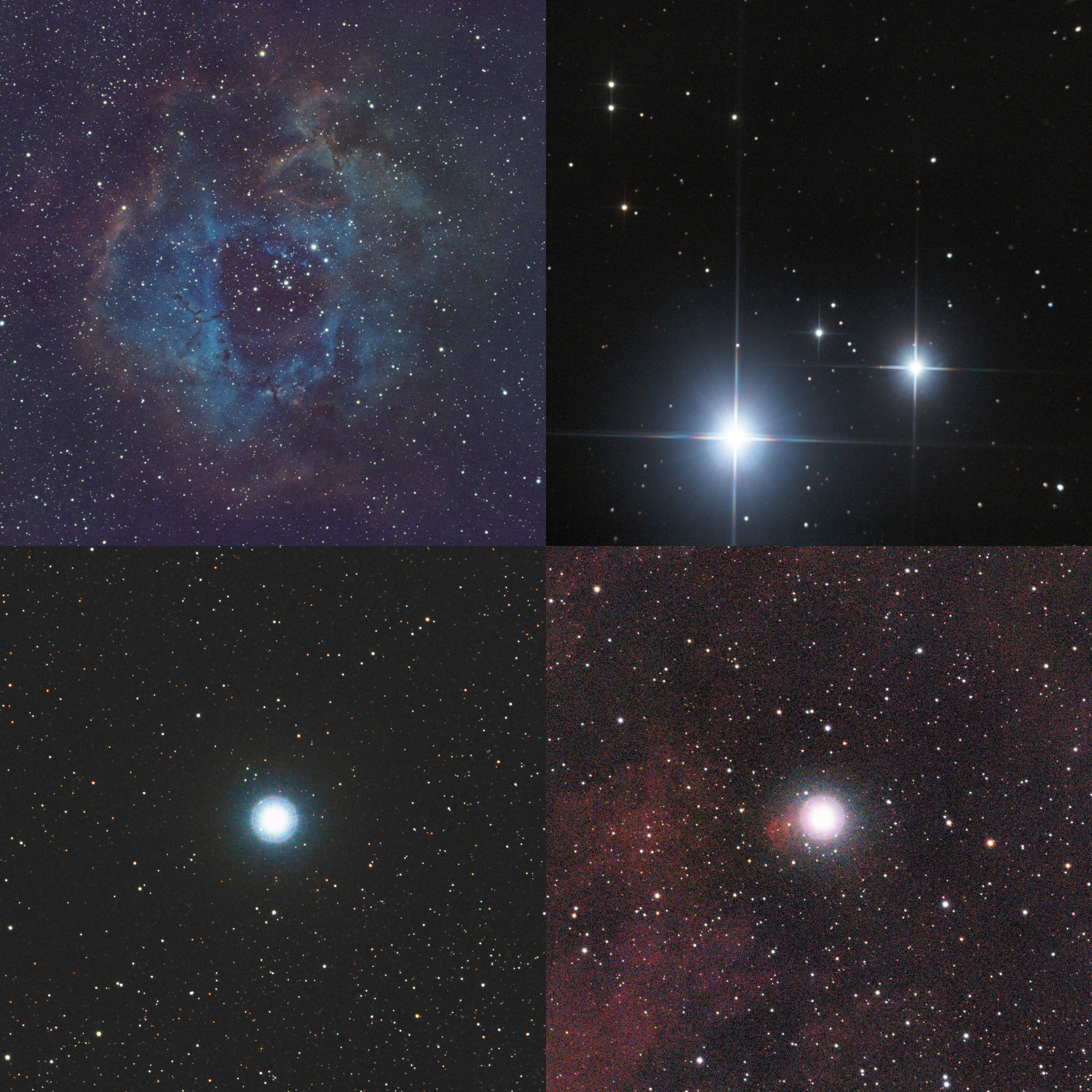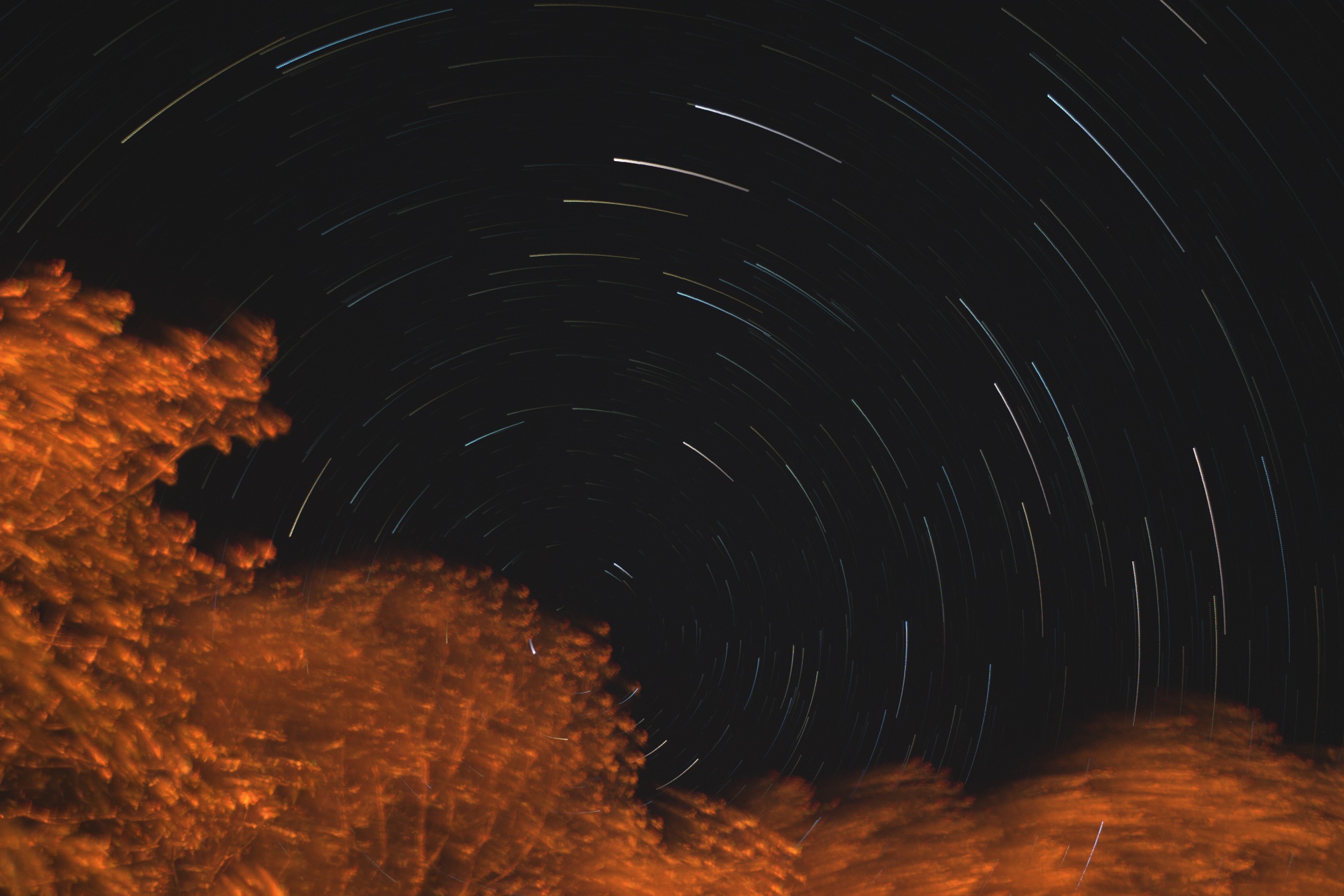„Lift up your eyes to heaven and see. Who has created these things? It is the One who brings out their army by number; He calls them all by name. Because of his vast dynamic energy and his awe-inspiring power, Not one of them is missing (…)”
Middle Eastern poem about the stars, 8th century BCE
Our recent pictures
Pinwheel Galaxy
M101 / NGC 5457 / SN 2023ixf
Altough our images often (though unintentionally) feature small extremely far & faint galaxies, M101 is the furthest away target that we have choosen so far. It is a whooping 21 million light-years away! Something to think about: if M101 was bright enough for the naked eye to see, it would look almost exactly the same size as the full Moon; it is however 517,383,697,916,666x further away than the Moon; so, how big is it??
M53
NGC 5024
This globular cluster was discovered in 1775, but it is a truly ancient object, 12.6 billion years old, only 1 billion years younger than the Universe itself. Another fact that makes it outstanding is that there are many first-generation stars in this cluster. As in, they were not formed from matter generated by previous stars, but are the first concentrations of mass.
Heart Nebula
IC1805 / Melotte 15 / Collinder 26
This is the Heart Nebula (7,500 light-years away) and you see over 20,000 stars in this image. Some of the stars in this image are ~50x Sol masses but most are a lot smaller.
C/2022 E3 (ZTF)
Comet C/2022 E3 (ZTF)
Pretty comet almost at its closest approach to Earth, about 42 million km away. The weather was unforgiving, -10°C with just a brief window of opportunity. We can always capture it next time it returns, in roughly 50.000 years…
Double Cluster
h Persei & χ Persei / Caldwell 14 / NGC 869 & 884
Two young star clusters about 7,500 light years from us. They reside in the Perseus arm of the Milky Way, while we are living in the Orion arm. So looking at the Double cluster you are looking through our local spiral arm into the neighbouring arm outward from the galactic center. Interestingly they are speeding towards us at 140,000 km/h.
Pleiades
M45 / Seven Sisters / Kiʹmah
Kiʹmah is possibly a reference to Pleiades in Amos 5:8:
The One who made the Kiʹmah constellation and the Keʹsil constellation,
The One who turns deep shadow into morning,
The One who makes day as dark as night,
The One who summons the waters of the sea
To pour them out on the surface of the earth
—Jehovah is his name."
Articles
Blaze Star
T Coronae Borealis
The Blaze Star is a recurring nova (not a supernova) in the constellation Corona Borealis. It also known as T Coronae Borealis or T CrB for short. A nova event is expected any day now. The star will suddenly brighten up to a similar luminosity as Polaris (North Star). The next occurance is expected in 2104.
How do we take astrophotos?
What kind of equipment is needed to take these pictures
People keep asking us if these pictures are made by us. They are. Really. This is the equipment we use.
Etcetera
Assorted throwaway pancakes
More often than not astrophotos don’t come out the way you planned them to. There are about 200 steps involved in taking a picture, and they all have to be right. Also, often we need to experiment, finetune equipment or the sky is not good enough for long enough to finish a project. These are some examples of failures and experiments.
Star trails
Around the Polaris region
66 minutes of the Earth rotating around its axis.













